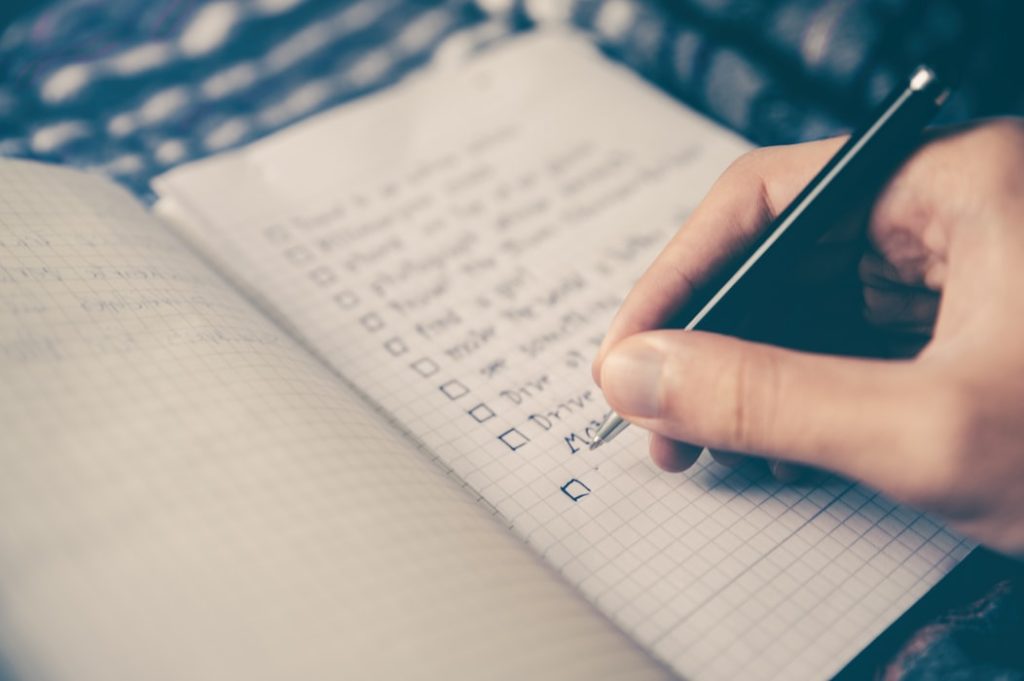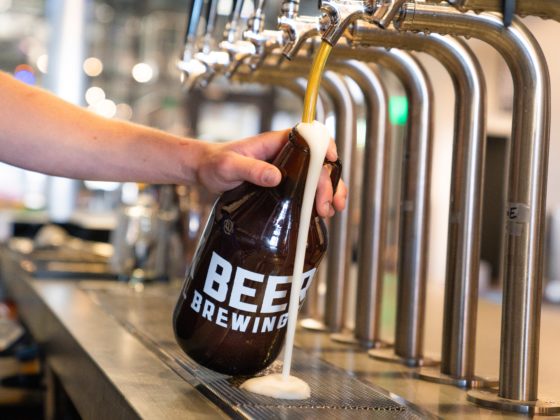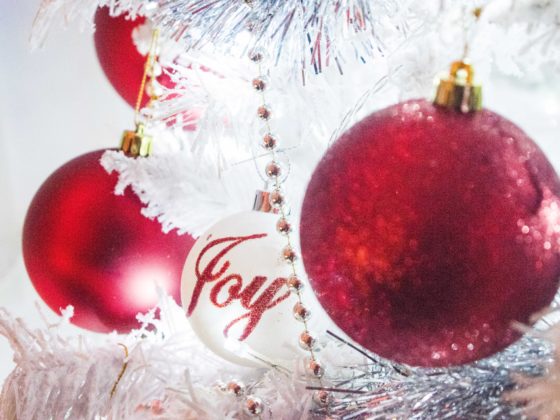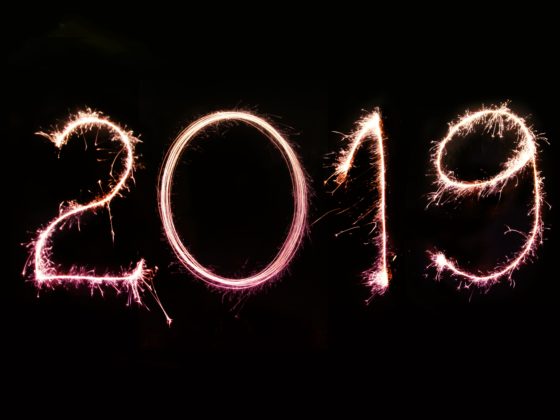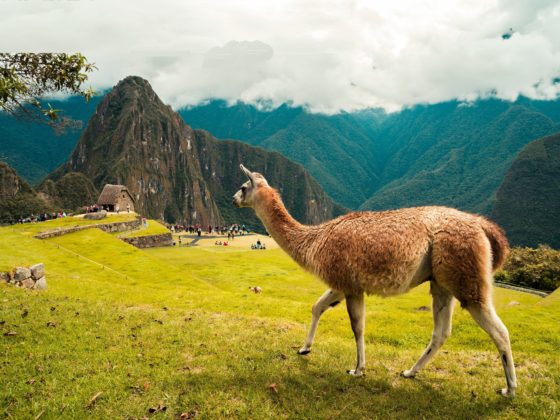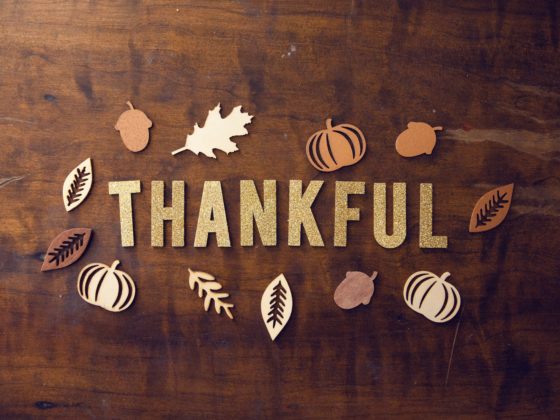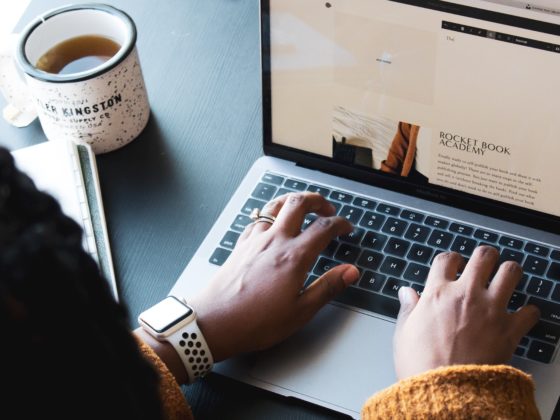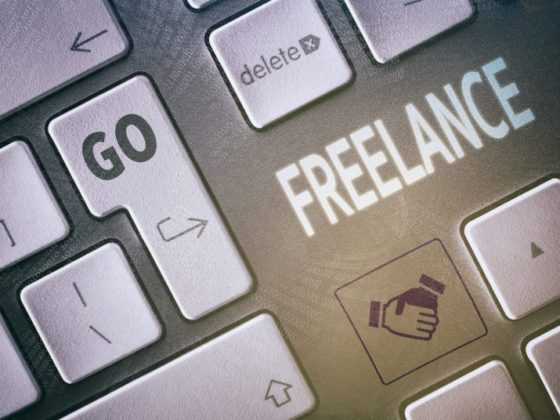While the big productions are adding COVID compliance officers, using complex systems to limit people on set, and quarantining for weeks/months at a time, smaller productions simply don’t have the same options. So what do you do then?
First, a story about why. In 2014, Sarah Jones, a young camera assistant, was struck and killed by a train while working on the set of Midnight Rider. As a small production, they were able to get away with skimping on the safety procedures a larger production would’ve been beholden to. They likely saw the risk as small, but for their part in what the Occupational Safety and Health Administration (OSHA) called an “entirely preventable” death, filmmakers faced criminal charges. The production company and individuals racked up $74,900 fines. Aside from the fines, the fact that they simply skipped standard safety procedures must weigh on those responsible. Sarah Jones’s death highlights the need to take camera crew safety concerns seriously—on movie sets and smaller projects alike.
Accidents do happen and some things are beyond your control, but at least when you’ve taken the precautions within your control, you can sleep well at night, knowing you’ve done your part.
In the COVID-era, the risks are not as obvious as filming on an active railroad and hoping the timing works out. But we have just as much responsibility to keep productions safe. You must see safety measures as necessities rather than luxuries. If you don’t have the funds or resources to keep workers safe, you don’t have a project.
Best COVID-era practices for small to mid-sized productions
Scale down the operation
Much of production has to happen in person, but reducing the number of people on set is doable. For example, Yuki Uemura has producers ask questions remotely either by phone or teleprompter. The latter is especially helpful because it gives the talent a person to look at.
Despite major advancements in the quality of footage, we’ve spent years fighting the battle to convince people that they can’t simply point their iPhone at something and get the quality they want. Still, a client’s self-filmed interview can protect a lot of people. If a client goes this route, provide them with basic tips (film horizontally in a well-lit location, stabilize the camera on a surface at eye level, etc.) to ensure you get something you won’t mind putting your name on. Similarly, for b-roll, you can produce/direct remotely.
There’s a level of production that DIYers aren’t going to create with their cameras at home, but even primetime shows are scaling back production. Viewers understand and you can still deliver videos you feel proud of. Think of it as the acoustic version of your favorite song.
The cost/return analysis changes when the cost could be someone’s health.
Safety on set
For those who have to be on set, we can still cover the basics such as wearing face masks and gloves (except while being filmed), having plenty of hand sanitizer, taking scheduled hand-washing/equipment-sanitizing breaks, social distancing whenever possible, having individual catering boxes, etc. Most states, including Georgia, have compiled a list of best practices. Whenever possible, shooting outdoors while social distancing is an excellent option since the virus travels through air.
Equipment
It’s hard to beat a lav mic’s quality, but right now, switching to a boom is preferable. If you must use a lav mic, be sure to sanitize it well between use.
Much of the equipment that makes virtual production and/or social distancing easier on-set is in short supply at the moment. For example, we heard from Allen Rosen that a Black Magic piece “that will allow me to do Zoom, YouTube, or Facebook live from one of our field cameras” has been back-ordered for a month. He also reported that small, remotely-controlled webcams are hard to get right now. Apparently, gear that enhances distance filming is the toilet paper of our industry.
Post-production
The fancy editing suites are nice, but you can do a lot on a laptop. The fact that post-production lends itself well to working from home is one of the biggest blessings of our industry during the COVID-19 era. If “The Last Dance” can shift from their fancy-pants editing facilities to at-home production, you probably can, too.
We’ll likely be turning to post-production even more than usual to simulate crowd shots or otherwise solve problems creatively.
Turn to animation
Some clients are opting out of in-person shoots altogether and going the animation route instead. While motion capture and creating new characters may be the glamorous side of animation, simple is good, too. Iconography, typography, and adding motion to stills are entry-level ways to bring words and images to life. I never would’ve thought seeing a Conan O’Brien monologue with typography animation alone would be more engaging than watching the man himself.
Shawna Schultz, of Mass FX Media, said getting comfortable with your pen tool and clone tool in Photoshop can help you create the parallax effect in your editing software–another way to add visual interest to photos.
You can likely get started with software you already have. Adobe Premiere, After Effects and Animate have helped drop the barriers to entry so you can delve into the basics without an overly-burdensome learning curve.
What about the cost?
The extras—from gloves and masks to individual catering and of course, new equipment—are going to mean some additional costs, but if the alternative is to halt everything or to wait indefinitely, those costs are justifiable. Clients may not be surprised by a line item for such precautions.
The cost to the environment is painful, too. Just as sustainability on set was starting to get some traction, productions have shifted to single-use makeup, individual boxed lunches, disposable masks/gloves, and more. Sorry, Mother Earth.
Bottom Line
The best practices from the CDC as well as those specifically for video production provide more of a compass. Use that compass as your guide and adjust. Video people are some of the most resourceful on the planet. While we haven’t faced a challenge quite like a global pandemic before, every single crew knows what it’s like to make adjustments on the fly. We are no strangers to curveballs. The show, as they say, must go on.
What are the most creative ways you’ve found to get around COVID safety challenges?
Whether you need a crew following COVID-19-era best practices or you need to brush up on those practices yourself, Crew Connection is ready help.
